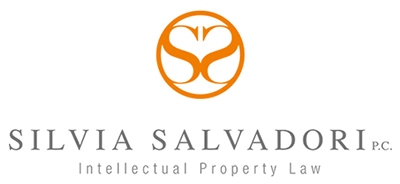{3 minutes to read} The Climate Change Mitigation Pilot Program is designed to positively impact the climate by accelerating the examination of patent applications for innovations that reduce greenhouse gas emissions. Under this program, qualifying applications involving greenhouse gas reduction technologies are advanced out of turn (granted special status) for examination until a first action […]

{4 minutes to read} To further support the acceleration of innovations in the fight against COVID-19, the United States Patent and Trademark Office (USPTO or Office) is extending the modified COVID-19 Prioritized Examination Pilot Program, which provides a prioritized examination of certain patent applications. Requests that comply with the pilot program’s requirements and are filed […]
{1:35 minutes to read} On July 11, 2016, the United States Patent & Trademark Office (USPTO) initiated a pilot program called The Post-Prosecution Pilot Program (P3). Under this program, once an applicant files an after final response, a panel of examiners, including the examiner of record, will conduct a conference with the applicant to review […]
{1:35 minutes to read} In the recent case Halo Electronics, Inc. v. Pulse Electronic, Inc., the Supreme Court rejected the dual objective/subjective test of Seagate (the subjective requirement for “objective recklessness”) as too rigid and inconsistent with the statutory language. The previous standard required the patent owner to prove that the accused infringer was objectively […]
{1:35 minutes to read} On April 8, 2016, the United States Court of Appeals, Federal Circuit, decided Genetic Technologies Limited v. Merial L.L.C., Bristol-Myers Squibb Company. The issue of this case related to the discovery that, in human DNA, certain coding alleles are always linked with certain non-coding alleles. Thus, searching for the non-coding sequences corresponding […]
{1:40 minutes to read} A significant case for the patent law industry is currently on appeal before the Federal Circuit court. The case, Immersion Corp. v HTC Corp., could decide what happens when an application is filed before the patenting of its parent application. Oral arguments for this case will be heard by the court […]
{1:40 minutes to read} In evaluating the case Magna Electronics, Inc. v. TRW Automotive Holdings Corp., I pose an important question: Is this the end of the patent term adjustment? What are the facts of the case? The patent at issue (U.S. Patent No. 7,339,149, hereinafter “the ‘149 patent”) was filed November 16, 1999, by […]
{2:15 minutes to read} In Avid Technology, Inc. v. Harmonic, the Federal Circuit found that Harmonic did not infringe on the patent and that the district court—based on a statement made during the prosecution of the underlying patent—had erred in construing a claimed term too narrowly. During prosecution, to distinguish the claimed subject matter over […]
{3:30 minutes to read} In the recently decided case In re Urbanski, the Federal Circuit Court upheld the decision of the United States Patent & Trademark Office’s Trial and Appeal Board, which had found obvious the claims of Urbanski’s patent application. Urbanski had argued unsuccessfully that the cited references taught away from their combination. However, […]
{3 minutes to read} The United States Patent & Trademark Office (USPTO) is considering changing the rules for filing an Information Disclosure Statement (IDS). The current rules require: (1) a certification or the payment of a fee for filing an IDS after a first office action on the merits; (2) a certification and the payment […]